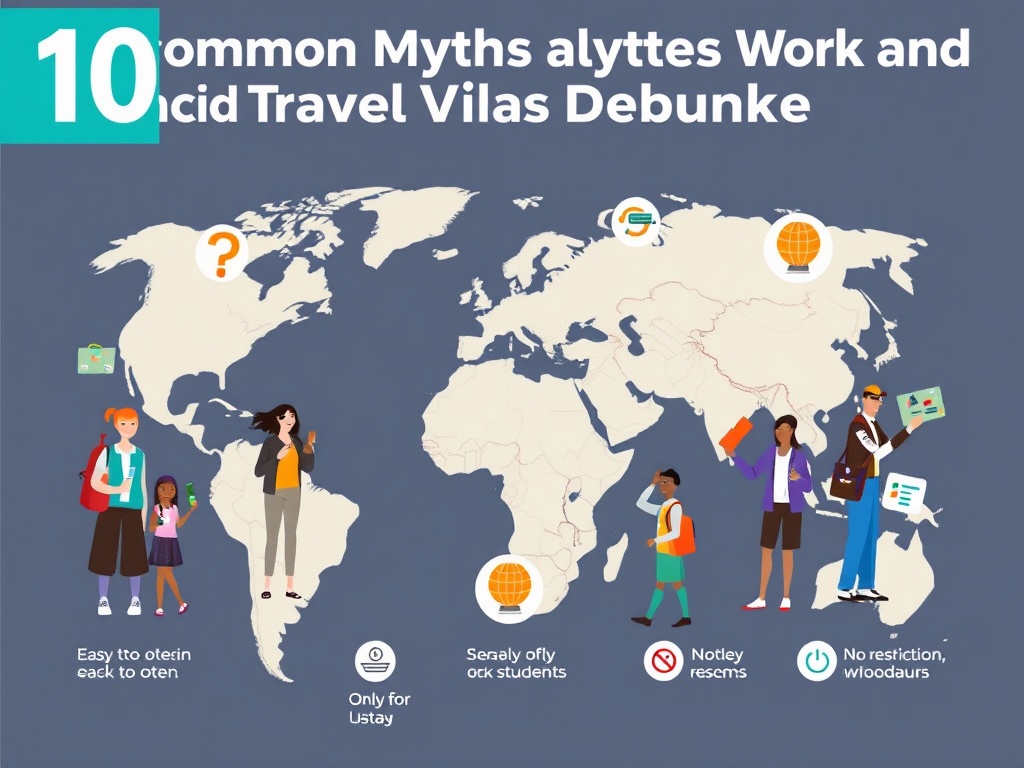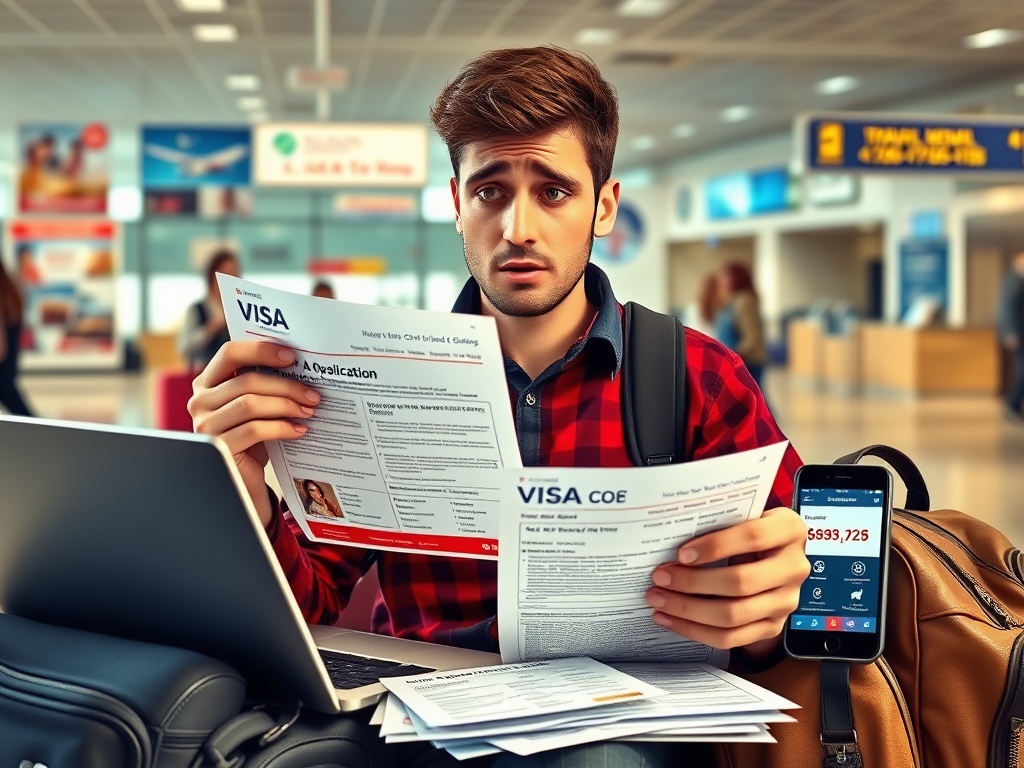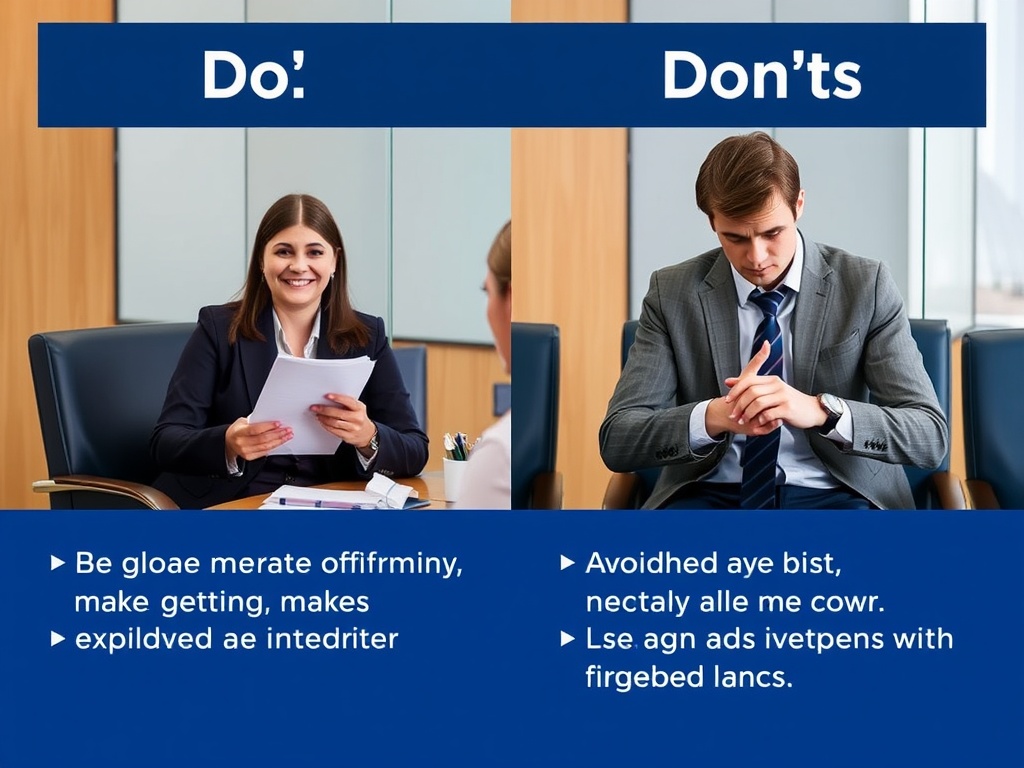Unmasking the Truth: Work and Travel Visas Are Not Just for Students
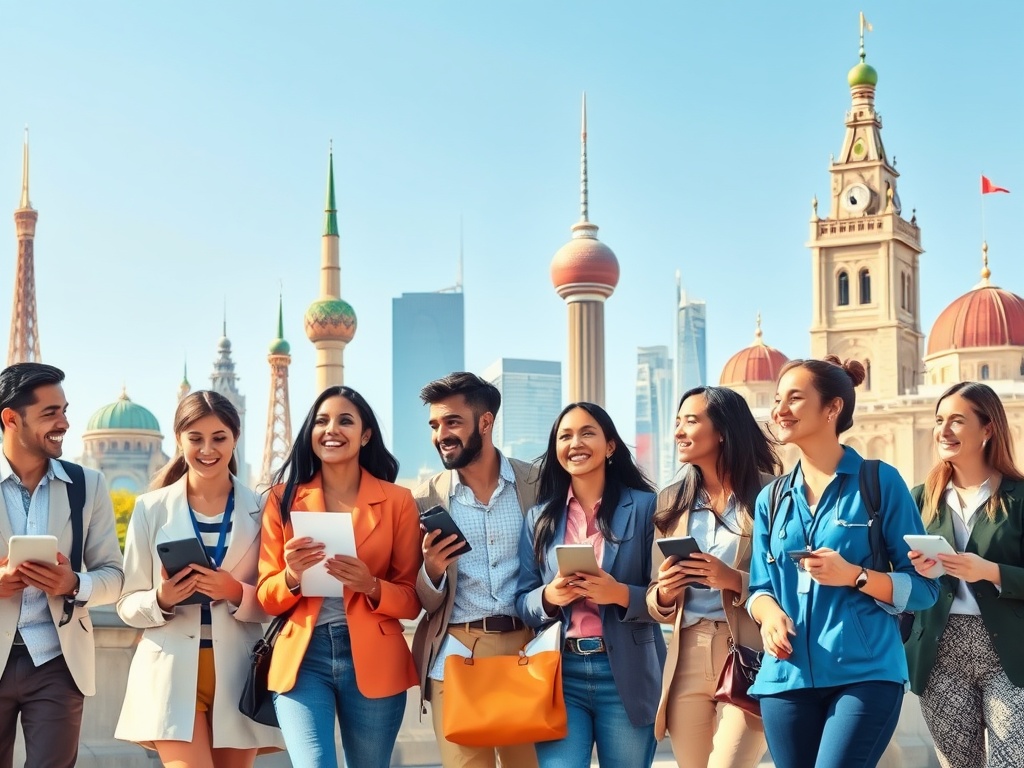
When most people think of work and travel visas, the image of a student backpacking through Europe often comes to mind. This stereotype is so ingrained that it overshadows the vast opportunities available to various demographics. Understanding the truth about work and travel visas can empower many individuals to explore options that fit their lifestyle and career aspirations.
It’s a common misconception that work and travel visas are solely for students. In reality, these visas cater to a diverse range of people, including professionals, interns, and even retirees seeking adventure. By debunking this myth, we can reveal the wider landscape of opportunities available.
- Professionals: Many countries offer work visas tailored for skilled workers, allowing professionals to gain international experience while contributing to their field.
- Interns: Internships are not just for students; organizations often welcome interns of varying ages, providing valuable work experience.
- Volunteers: Some programs allow individuals to work in exchange for accommodation, making it a viable option for those looking to travel on a budget.
Work and travel visas are not just a temporary escape; they offer long-term benefits, including professional development and cultural exchange. While students may use these visas to fund their studies or travel experiences, the reality is that individuals from all walks of life can take advantage of these opportunities to enhance their careers and broaden their perspectives.
| Visa Type | Eligibility | Duration | Common Uses |
|---|---|---|---|
| Working Holiday Visa | Age limit, country of origin | 1 year | Traveling and working |
| Skilled Worker Visa | Professional qualifications | Varies | Long-term employment |
| Internship Visa | Internship offer | 6 months – 1 year | Professional training |
Beyond Borders: The Misconception of Visa Duration and Work Permits
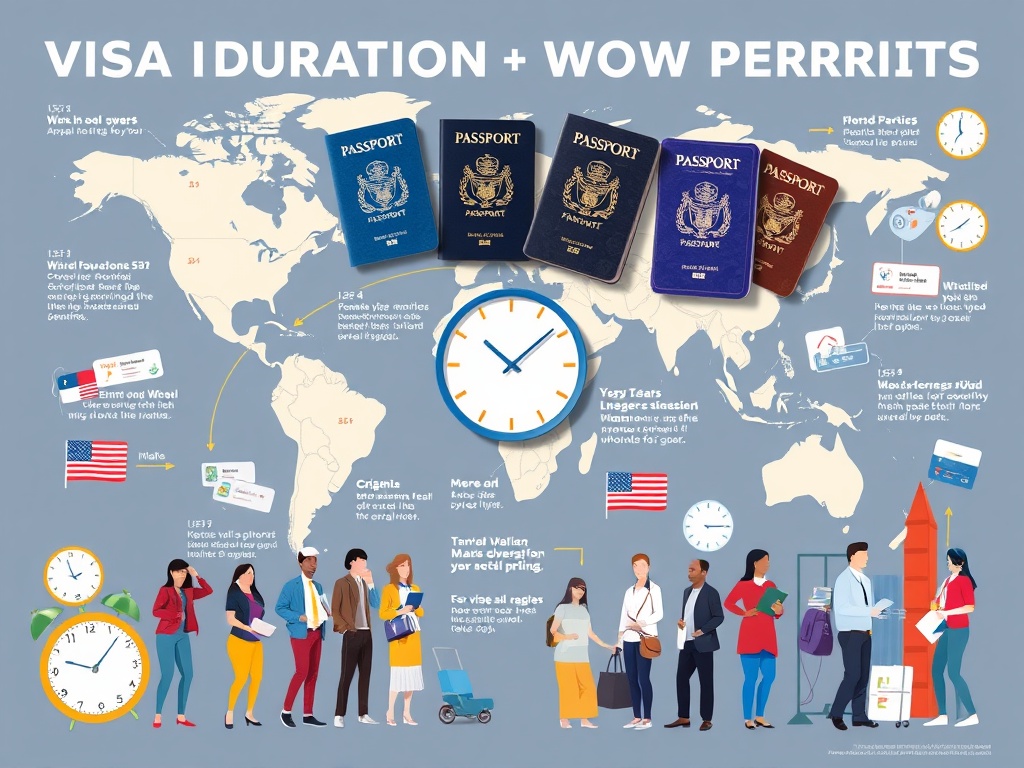
When considering work and travel visas, many assume that their duration is strictly limited or that the ability to work is confined to a specific timeframe. This notion can deter potential travelers from exploring these opportunities, as they may believe they do not have enough time to truly immerse themselves in a new culture or gain relevant work experience. In reality, the landscape of visa durations and work permits is more nuanced and flexible than many think.
The duration of work and travel visas varies significantly depending on the type of visa and the regulations of the host country. A common belief is that these visas only allow for short stays, typically a few months. However, many visas are designed to accommodate longer stays, allowing individuals to fully integrate and contribute to their host communities. Here, we debunk some of the prevalent myths surrounding visa durations:
- Myth 1: All work visas last for only six months.
- Myth 2: You can’t extend your stay under a work visa.
- Myth 3: Work and travel visas are only for summer jobs.
Another misconception is that work permits are rigid and restrict individuals to a single employer or job type. This is far from the truth. Many work and travel visa categories offer a degree of flexibility, enabling visa holders to change jobs or employers while maintaining their legal status. This aspect is crucial for professionals aiming to broaden their skill set or for travelers seeking diverse experiences.
| Visa Type | Typical Duration | Work Flexibility |
|---|---|---|
| Working Holiday Visa | Up to 1 year | Yes, often allows multiple employers |
| Skilled Worker Visa | Varies (1-5 years) | Depends on the employer |
| Internship Visa | 6 months – 1 year | Limited to specific internship |
Understanding these nuances can empower individuals to take advantage of opportunities that align with their career aspirations and personal goals. By dispelling the myths surrounding visa durations and work permits, we can open doors for countless individuals seeking to broaden their horizons across borders.
The Reality Check: Work Visas Aren’t Exclusively for High-Skilled Workers
When navigating the world of work and travel visas, a significant myth persists: that these opportunities are reserved solely for high-skilled workers. This notion can discourage many individuals who possess valuable skills and experiences but may not fit the traditional mold of a ‘high-skilled’ worker. The truth is that work visas can cater to a variety of skill levels, making it essential to explore the myriad of options available.
Work visas are designed to accommodate a broad spectrum of occupations, from entry-level positions to specialized roles. Many countries recognize the need for diverse talents in their job markets and offer visa categories that target various sectors. This inclusivity is not just beneficial for the workforce but also enriches the cultural landscape of the host country.
While high-skilled workers certainly have numerous options, those with different skill sets can also find ample opportunities abroad. Here’s a brief overview of the types of work visas available:
- Seasonal Work Visas: These are ideal for individuals looking to engage in temporary positions, often in agriculture or hospitality, during peak seasons.
- Exchange Visitor Programs: Many countries offer visas for cultural exchanges, allowing participants to work in various sectors while sharing their own culture.
- Skilled Worker Programs: These programs invite workers with specific skills, not necessarily high-level qualifications, to fill gaps in local labor markets.
By understanding the wide array of visa options, prospective travelers can better assess their eligibility and find paths that align with their skills and aspirations.
Breaking down the myth that work visas are exclusive to high-skilled workers empowers a more diverse demographic to pursue international opportunities. Whether it’s a young traveler seeking seasonal employment or an individual exploring internships, work and travel visas can serve as a gateway to personal and professional growth. Recognizing the value of varied experiences and skills not only benefits the visa holders but also enhances the global workforce, fostering a rich exchange of ideas and cultures.
Dispelling the Myth: You Can’t Work While on a Tourist Visa
For many, the term ‘tourist visa’ conjures up images of leisurely sightseeing, cultural experiences, and indulgent vacations. However, there exists a prevalent misconception that individuals on tourist visas are strictly prohibited from engaging in any form of work. This belief can deter many aspiring travelers from exploring opportunities that may exist within the confines of their tourist status. Understanding the complexities surrounding this myth is crucial for those looking to broaden their horizons.
In reality, while it is true that most tourist visas do not permit employment, the landscape is not as black and white as it seems. Various countries have specific regulations that allow tourists to partake in certain activities that could be considered work, provided they adhere to the local laws and guidelines. For instance, some nations permit short-term volunteering or casual work arrangements that do not violate the terms of entry. These nuances can open doors for travelers seeking meaningful experiences without the burden of securing a work visa.
Many individuals mistakenly believe that any engagement in work while on a tourist visa is illegal. However, the truth is that the definition of ‘work’ can vary significantly from one country to another. In some cases, activities such as participating in unpaid internships, attending workshops, or even engaging in freelance opportunities may be permissible under certain tourist visa categories. This flexibility highlights the importance of thoroughly researching the visa regulations of the destination country, as well as understanding what constitutes work within that context.
Moreover, some countries are increasingly recognizing the value of cultural exchange, allowing tourists to volunteer in local communities. This arrangement often provides travelers with rich experiences that contribute positively to their host communities while still complying with visa regulations. By navigating these grey areas wisely, travelers can maximize their time abroad, gaining insights and skills while enriching their cultural understanding.
Debunking the myth that tourists cannot work at all opens up a world of possibilities for individuals eager to explore new horizons. It is essential for prospective travelers to assess their options and seek guidance on the specific regulations of the countries they wish to visit. Many travelers have found that engaging in casual work, even while on a tourist visa, has enhanced their experiences, allowing them to connect with locals, learn new skills, and immerse themselves in the culture.
Ultimately, the key to navigating the complexities of work and travel visas lies in understanding the specific laws and regulations in place. By educating themselves on the distinctions between work and leisure activities, travelers can unlock unique opportunities that align with their passions and aspirations. The journey of exploration is not solely limited to sightseeing; it can also encompass personal growth through work experiences, all while enjoying the privileges of a tourist visa.
Navigating the Maze: The False Belief That All Countries Have the Same Visa Rules
When it comes to work and travel visas, one of the most pervasive myths is the assumption that all countries operate under identical rules and regulations. This misconception can lead to significant confusion and frustration for travelers and professionals alike. In reality, visa policies vary widely from country to country, influenced by factors such as local labor market needs, diplomatic relations, and cultural exchange programs. Understanding these differences is crucial for anyone considering international work opportunities.
Each nation has its own immigration policies that dictate the types of work and travel visas available, as well as the eligibility criteria for applicants. For example, while some countries may offer a straightforward working holiday visa for young travelers, others might require specific qualifications or sponsorship from an employer. This variability highlights the importance of doing thorough research before embarking on your journey.
To successfully navigate the complex world of work and travel visas, it helps to understand the factors that affect visa rules in different countries. Here are some key elements:
- Economic Needs: Countries with labor shortages in certain sectors may create more accessible visa pathways to attract foreign talent.
- Political Relations: Diplomatic ties can influence the ease of obtaining a visa; stronger alliances often lead to more favorable conditions for travelers.
- Cultural Exchange Programs: Some nations prioritize cultural exchange, resulting in visa categories specifically designed for educational and volunteer opportunities.
These factors demonstrate that no two countries are alike when it comes to visa regulations. Hence, it is essential for aspiring travelers to familiarize themselves with the specific rules of the destination country they wish to explore.
Understanding that visa rules are not uniform across borders empowers individuals to take control of their travel aspirations. By approaching each country’s visa requirements with an informed mindset, travelers can avoid costly mistakes and enhance their overall experience. It is vital to consult official government websites or seek advice from immigration professionals to ensure compliance with local laws and maximize opportunities abroad. In doing so, you can unlock the true potential of work and travel visas, navigating the maze with confidence and clarity.
The Unseen Challenges: Understanding Sponsorship Requirements for Work Visas
When exploring work and travel visa opportunities, a significant aspect often overlooked is the sponsorship requirement. Many individuals assume that obtaining a work visa is a straightforward process, yet the reality is that sponsorship can introduce a layer of complexity that varies by country and visa category. Understanding the nuances of these requirements is essential for anyone considering international work opportunities.
Many countries stipulate that a foreign national must secure a job offer from a local employer who is willing to act as a sponsor. This means that not only does the employer need to demonstrate the need for a foreign worker, but they also must navigate their own set of legal obligations. These obligations can include providing evidence of recruitment efforts to hire local talent and assuming responsibility for the employee’s legal status while in the country.
The landscape of sponsorship requirements is influenced by various factors that can affect an applicant’s experience. For instance, economic conditions play a pivotal role; countries facing labor shortages may create more accessible pathways for sponsorship, facilitating a smoother process for international workers. Conversely, nations with high unemployment rates may impose stricter sponsorship regulations to prioritize local job seekers.
Moreover, the industry sector significantly determines the ease of obtaining a sponsorship. Fields such as technology, healthcare, and engineering often have more favorable sponsorship conditions due to the high demand for skilled professionals. In contrast, sectors with a surplus of local talent may see employers hesitant to sponsor foreign workers, viewing it as an unnecessary complication.
To successfully navigate the intricacies of sponsorship requirements, candidates must proactively prepare themselves. This entails conducting thorough research on the specific visa regulations of the destination country and understanding the requirements of potential employers. Engaging with local recruitment agencies and networking within the industry can also provide valuable insights and connections that may lead to sponsorship opportunities.
Furthermore, it is vital to present a compelling case to potential sponsors. Highlighting unique skills or experiences that align with the job requirements can set candidates apart in a competitive job market. Understanding and addressing the employer’s concerns about the sponsorship process can also foster a collaborative approach, enhancing the chances of securing a work visa.
Fact vs. Fiction: The Misunderstanding of Visa Application Costs and Processes
When contemplating work and travel visas, many individuals are often deterred by the perceived high costs and complicated application processes. This misconception can create a barrier to exploring enriching international experiences. In reality, the truth about visa application fees and procedures is more nuanced, and understanding these aspects can empower travelers to navigate their options effectively.
One of the most common myths surrounding work and travel visas is that they are prohibitively expensive. While some visa types may have significant fees, others are quite affordable. Furthermore, the overall costs can vary based on several factors, including the destination country and the type of visa one is applying for. Here’s a closer look at the different elements that contribute to visa application costs:
- Application Fees: These can range from minimal amounts to several hundred dollars depending on the visa category.
- Document Preparation: Costs associated with obtaining necessary documents, such as medical exams or translations, can add to the total.
- Legal Assistance: Some applicants may choose to hire immigration lawyers or consultants, which can increase expenses.
- Travel Expenses: Consider the cost of traveling to the nearest consulate or embassy for interviews or submissions.
Another prevalent misunderstanding is that the visa application process is universally complex and time-consuming. While some individuals may encounter challenges, many countries have streamlined their processes to make them more efficient. Here are key aspects to consider when navigating the application process:
- Research Requirements: Before starting the application, familiarize yourself with the specific requirements of your desired visa. Each country has unique criteria that can affect your eligibility.
- Gather Documentation: Ensure you have all necessary documents organized and ready for submission, which can expedite the process.
- Seek Guidance: Consulting the official immigration website or local experts can provide clarity and help avoid common pitfalls.
- Apply Early: Begin your application well in advance of your intended travel date to account for any delays.
In conclusion, by dispelling the myths surrounding visa costs and application processes, potential travelers can approach their international aspirations with confidence. The journey of working and traveling abroad is not limited by prohibitive costs or daunting procedures but is instead a gateway to personal and professional growth.
